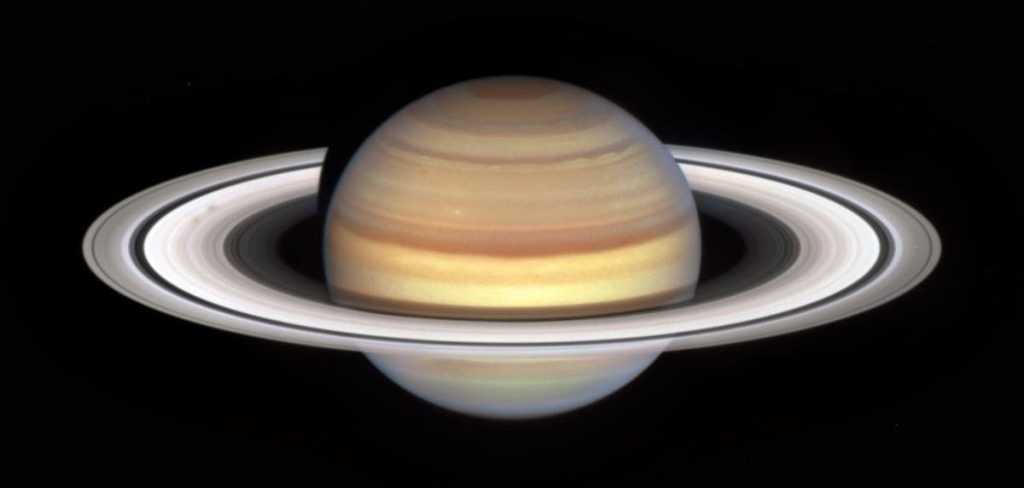If you’re yet to see the beautiful rings of Saturn with your own eyes—or you want another look—then it’s time to find a friend with a small telescope.
That’s because Saturn is on the cusp of being the brightest and best placed it gets during 2023. On Sunday, August 27, 2023 the sixth planet from the sun will reach its “opposition.”
It’s an important date for planet-watchers because not only will Saturn be well-positioned and shining brightly for the next few weeks, but it will be visible all night long.
Here’s everything you need to know to see Saturn at its biggest, brightest and best in 2023:
Saturn at ‘Opposition’ Explained
Saturn’s opposition occurs when Earth passes between it and the sun. Since Saturn takes 29.4 years to orbit the sun and Earth just a year, this must happen once every 378 days/54 weeks.
Saturn’s slow progress means it will only have moved 1/29th of the way around the sun in that time, so it remains in more-or-less the same region of the night sky for a few years.
All of the outer (or “superior”) planets—Mars, Jupiter, Saturn, Uranus and Neptune—come to opposition, though Mars’ relatively quick orbit (687 days) means it comes to opposition once every 26 months. For all the others there’s an opposition most years.
The geometry of Earth being between the sun and the planet means Saturn’s disk will be entirely illuminated, as seen from the Earth. So Saturn will look at its biggest and brightest and best for 378 days.
When to See Saturn at ‘Opposition’
Saturn’s opposition this year takes place on Sunday, August 27, but practically speaking you can get the year’s best views of the “ringed planet” for a few weeks either side of that date—so get looking right now!
Why to See Saturn at ‘Opposition’
“Opposition” is the best time of the year by far to look at Saturn because:
- Its disk and its rings are as bright as the get all year, shining at a magnitude of 0.4.
- Since Saturn at Earth are at their closest, the apparent size of the planet’s disk (19 arcseconds) and rings (44 arcseconds) are as big as they get all year.
- Saturn is “up” all night long, rising at sunset and setting at sunrise.
- You can watch a “Saturn-rise” and a “Saturn-set” if you find the exact times for your location.
Where to Find Saturn in the Night Sky
The ringed planet is currently within the constellation of Aquarius (the “Water Bearer”), which is visible in the southern sky as seen from the northern hemisphere. Find a clear view of the southern horizon you should see it easily enough as a bright yellowish light.
As night progresses, Saturn will move higher in the sky, though from mid-latitudes of the northern hemisphere it will never get particularly high.
How to See Saturn’s Rings
Since the planet will be about 814 million miles away during its opposition, the rings of Saturn are only visible in a telescope. Any small telescope is perfect for a peek. For a better view use a telescope with an aperture of 6-inch/150mm or larger.
A view of Saturn’s rings through a telescope is one of the most incredible sights to see in a telescope, though they are presently narrowing from Earth’s point of view. They will reduce over the next few years until we get a side-on view in 2025. In the years after that they will open-up again.
Saturn at ‘Opposition’ Dates
Here are the dates for Saturn at opposition for the next few years, culminating in a “Christmas Saturn” in 2032 (there is no opposition in 2033):
- September 8, 2024
- September 25, 2025
- October 4, 2026
- October 17, 2027
- October 30, 2028
- November 12, 2029
- November 27, 2030
- December 11, 2031
- December 24, 2032
- January 7, 2034
Wishing you clear skies and wide eyes.
Read the full article here










